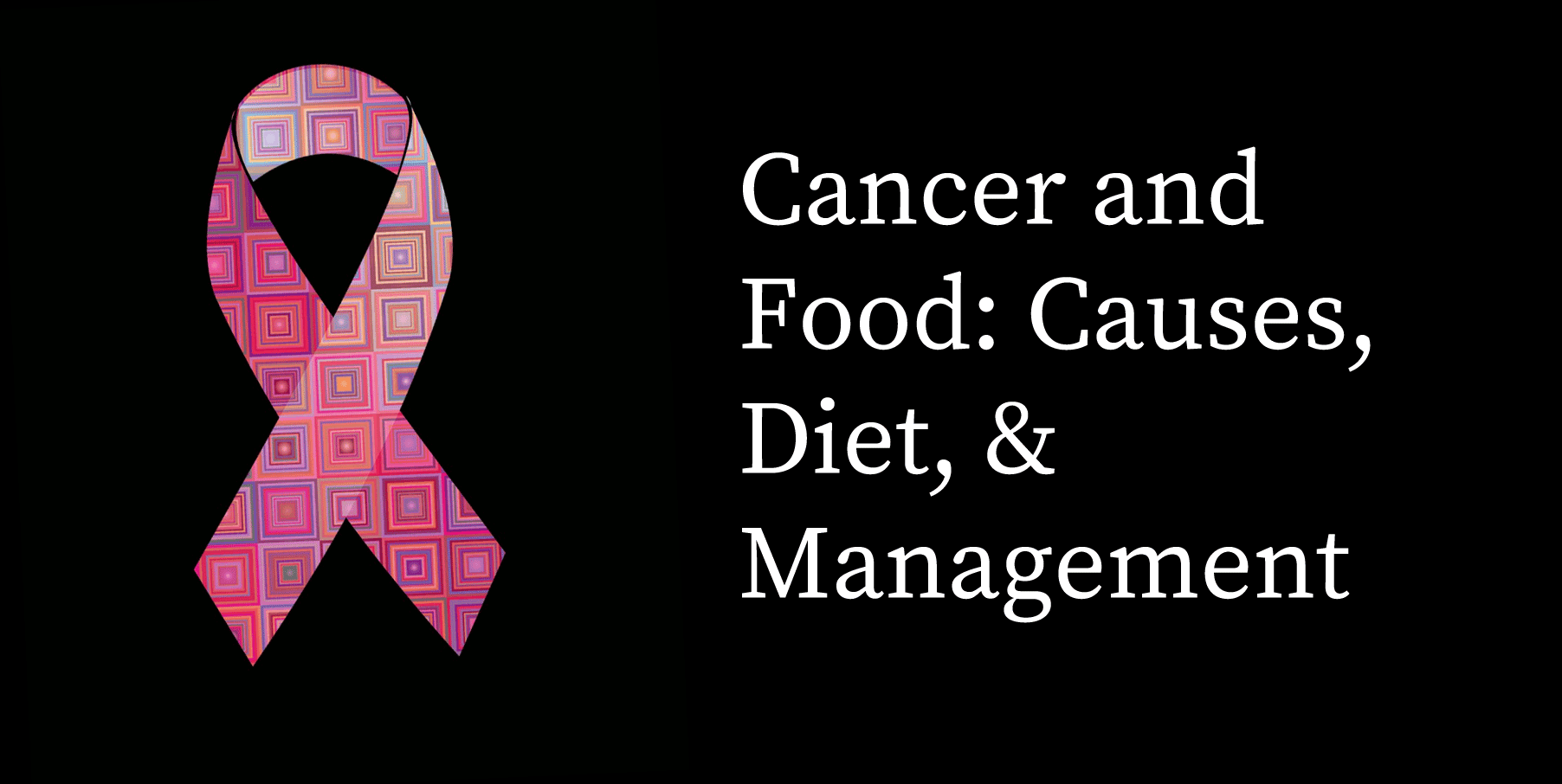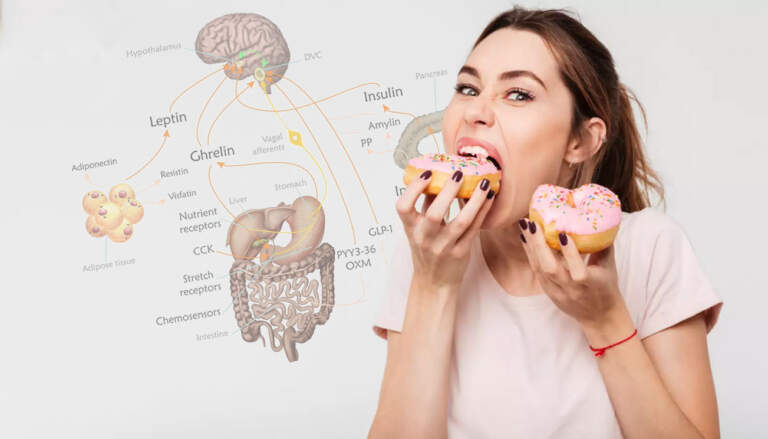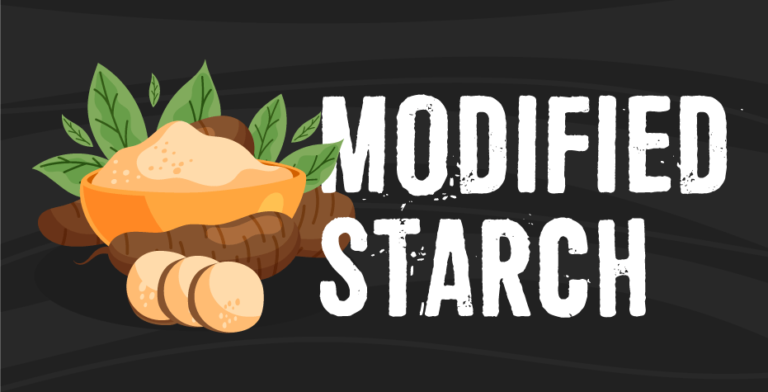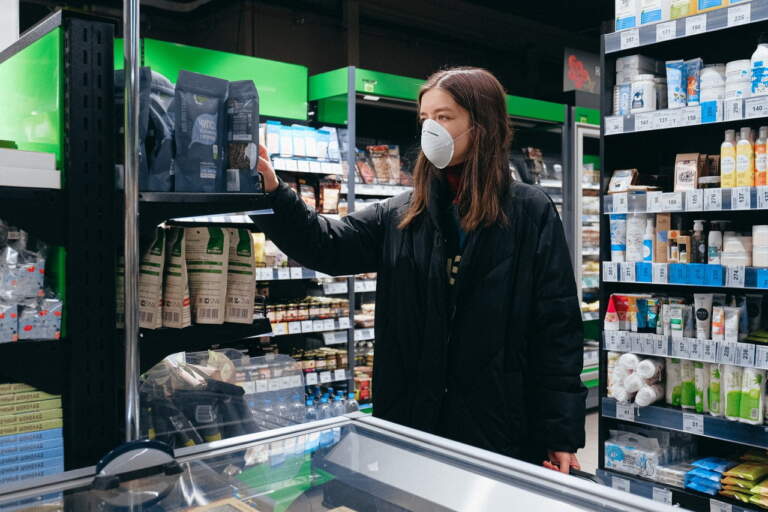Cancer is a category of complex diseases that, from biology to exposure to toxins, may have several causes. The food and diet of an individual can also play a role in whether certain cancer types grow.
World Cancer Day every 4 February is the global uniting initiative led by the Union for International Cancer Control (UICC). By raising worldwide awareness, improving education, and also, catalyzing personal, collective, and government action. They are working together to reimagine a world where millions of preventable cancer deaths are saved and access to life-saving cancer treatment and care is equal for all – no matter who you are or where you live.
Created in 2000, World Cancer Day has grown into a positive movement for everyone, everywhere to unite under one voice to face one of our greatest challenges in history.
Each year, hundreds of activities and events take place around the world, gathering communities, organizations, and individuals in schools, businesses, hospitals, marketplaces, parks, community halls, places of worship – in the streets and online – acting as a powerful reminder that we all have a role to play in reducing the global impact of cancer.
This year’s World Cancer Day’s theme, ‘I Am and I Will‘, is all about you and your commitment to act. They believe that through their positive actions, together they can reach the target of reducing the number of premature deaths from cancer and non-communicable diseases by one-third by 2030.
2021, World Cancer Day theme: I Am And I Will
This World Cancer Day, we recognize that our commitment to act will lead to powerful progress in reducing the global impact of cancer.

Cancer is a term used to refer to malignant neoplasm or tumors. cancer is caused by mutation or abnormal activation of cellular genes that control cell growth and cell mitosis. The abnormal genes called oncogenes. It is now recognized that there exist regulatory genes known as tumor suppressor genes whose normal function is to prevent malignant. The probability of mutations can be increased manifold when a person is exposed to a certain chemical, physical or biological factor. Cancer can occur at any age and in any part of the body.
Classification of Cancer
| Type | Tissue or cell of origin | Example |
| Carcinoma | Endoderm or ectoderm | Epithelial lining of gout (e.g. adenocarcinoma of colon) or brocnchus |
| sarcoma | mesoderm | Fibrosarcoma , Osteosarcoma |
| leukaemia | White blood cell | Acute lymphoblastic leukaemia |
| Lymphoma | Monocyte, macrophage | Hodgkin’s disease |
Foods that can cause Cancer

Cancer can be caused by foods which contains carcinogenic components, Consuming such type of food and exposed above risk level may cause cancer. But the study is necessary to know exact amount.
| Type of cancer | Food items |
| Breast cancer, perimenopause | Alcoholics drinks |
| Breast cancer, postmenopause | Alcoholics drinks, body fatness, sedentary living |
| Colon, rectum cancer, kidney cancer | Red meat, processed meat, barbecuing meat, high intake of fat, body fatness, abdominal fatness, sedentary living |
| Lung | Arsenic in drinking water |
| Stomach, liver, mouth, pahrynx, larynx, oesophagus, pancreas | High intake of alcohol, body fatness |
| Prostrate | Diet in high calcium |
| Folate deficiency | Cervical cancer |
| Vitamins and minerals | •Low blood carotenoid levels cause lung cancer. •Low dietary vitamin C cause oro-pharyngeal, stomach, and esophageal cancer. •Low vitamin E cause lung, cervix and colorectal cancer. •Selenium and zinc deficiency may also increase risk of cancer. |
| Nitrates | Cause nasophryngeal, stomach and colorectal cancer |
| Aflatoxins | Cause liver cancer |
| Energy dense foods, sugar drink fast foods | Cancer in any part of the body |
Management of food for Cancer
Measures known to reduce the risk of cancer:
- prohibit smoking or exposure to tobacco smoke
- Avoid occupational carcinogens (for example, asbestos)
- Avoiding prolonged exposure to sunlight without sunscreen protection
- Avoid excessive alcohol intake
- Avoiding use of hormone therapy (for example- estrogen and progesterone ) for symptoms of menopause
Measures that may reduce the risk of cancer:
- Limiting intake of high-fat foods, particularly from animal sources (for example, high-fat meats and whole-fat dairy products) .
- Limit intake of processed meat Increasing intake of fruits and vegetables.
- Increasing intake of whole-grain foods.
- Being physically active.
- Keep weight below the obese level 18.
Dietary management
ENERGY
- 20-25kcal/kg for non ambulatory or sedentary patient
- 30-35kcal/kg for slightly hypermetabolic, weight gain/anabolism
- 40-45kcal/kg for hypermetabolic or severely stressed patient, significant malabsorption.
PROTEIN
Additional protein is required for regeneration, healing and rehabilitation.
- 0.8-1.0g/kg- normal maintenance level
- 1.5-2.5g/kg if increased protein demands exist. E.g. protein losing enteropathy, hyper metabolism or extreme wasting 21
VITAMINS AND MINERALS
- Optimal intake of vitamins and minerals are recommended .
- Vitamin D(400-800IU) helps to protect against several types of cancer including breast cancer.
BENEFICIAL EFFECTS OF NUTRIENT ANTIOXIDANTS
- Beta carotene – Reduced risk of various cancers especially lung cancer and also stomach, cervix, esophageal
- Vitamin C – Reduced risk of upper GI tract, cervix cancer, cardiovascular disease.
- Vitamin E -Significant decreases in the risk of oral and pharyngeal cancer, CVS.
- Selenium- Reduced risk of esophageal and stomach cancer.
FLUIDS
Fluids are increased to compensate for losses from gastrointestinal problems as well as any additional loss caused by infections and fever. Sufficient fluid intake is necessary to help the kidneys rid the body of the breakdown products from destroyed cancer cells and drugs. Increased fluid also helps to protect the urinary tract from irritation and inflammation.
Sources of nutrients and food for cancer
| Nutrient | Sources |
| Beta carotene | Green leafy vegetables, ripe yellow fruits and vegetables like papaya, musk melon, mango, pumpkin, carrots. |
| Vitamin C | Citrus fruits like orange, lemon and sweet lime, guava, goose berry, sprouted pulses. |
| Vitamin E | Cereals, cereal products, oil seeds, nuts. |
| Selenium Zinc | Meats, sea foods and cereals. |
| Copper | Oysters, liver, mushroom, nuts, chocolates . |
| Iron | Meats, liver, green leafy vegetables, cereals millets, pulses. |
Phytochemicals as Anticancer agents
Biologically active micronutrients are known as phytochemicals. Most of them exhibit their activity as antioxidant, detoxifying agents or simply by physico-chemical means in the case of dietary fibers.
List of Cancer Fighting Foods

No foods protect people against cancer completely. The term cancer-fighting foods refer to foods that may lower the risk of developing cancer if a person adds them to their diet.
Food for cancer prevention:
| Phytochemical | Source |
| Carotenoids | Dark green, orange and deep green fruits and vegetables. |
| Diallyl sulfide | Onions , garlic, scallions, leeks, chives |
| Flavonoids and phenols | Parsley, carrots, citrus fruits, broccoli, cabbage, cucumbers squashes yams tomatoes eggplant, soya products, berries, potatoes, broad beans, peapods, radish, tea, apples |
| Isoflavones | soya beans and soya bean products. |
| Isothiocyanates | Cabbage, cauliflower, broccoli, Brussels sprouts, mustard, radish. |
| Lignans | Whole grain products. |
| Limonone | Citrus oil. |
| Lycopenes | Tomatoes, red grape fruit, guava, dried apricots. |
| Organosulfuric compounds | Garlic, onions, chives, citrus fruits, broccoli, cabbage, cauliflower. |
| Terpenes and monoterpenes | Cucumber, squash, yams, tomatoes, eggplant, peppers, mint, basil, citrus fruits, parsley, carrots, celery. |
Life style modification to prevent cancer
- Maintain a healthy body weight.
- Reduce fat intake particularly from animal sources.
- Eat plenty of whole grains, fruits and vegetables.
- Do regular physical activity.
- limit exposure to the sun.
- Avoid smoking and limit consumption of alcohol.
Sources
- Rock L. cheryl et al.,2001, High vegetable and fruit diet intervention in premenopausal women with cervical intraepithelial neoplasia, J Am Diet Assoc., 101.
- Krishnaswamy, K., 1993, Turmeric – a potential anticancer agent, NFI Bulletin, 14.
- Shils, M.E. et al., 1998, Modern nutrition in health and disease, Lea Febigen, Philadelphia.






Leave a Comment